I met Sophie Bush about four or five years ago. “I’m thinking of starting a blog,” she told me. “What’s stopping you?”I asked, having only recently set up The Mad House. Sophie muttered about preparing and getting ready and more preparing and then I apparently said to her (I have no memory of this bit): “Are you married to an oligarch?”.
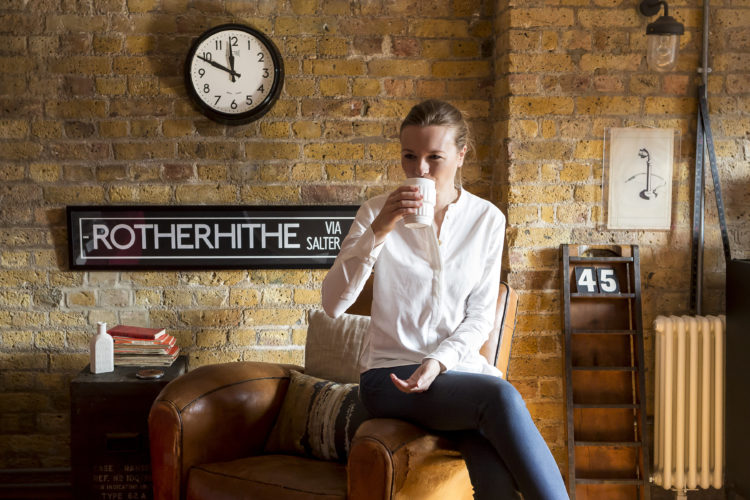
What I meant (but it didn’t quite come out right) was; are you rich enough not to work? To which the answer was no. “Well then just do it,” I said. “You can work out the details as you go along.” And that is what she has done. Warehouse Home is now a blog, a print magazine, a shop and a book. I am giddy with exhaustion just writing all this. Not to mention so impressed with all she has accomplished.
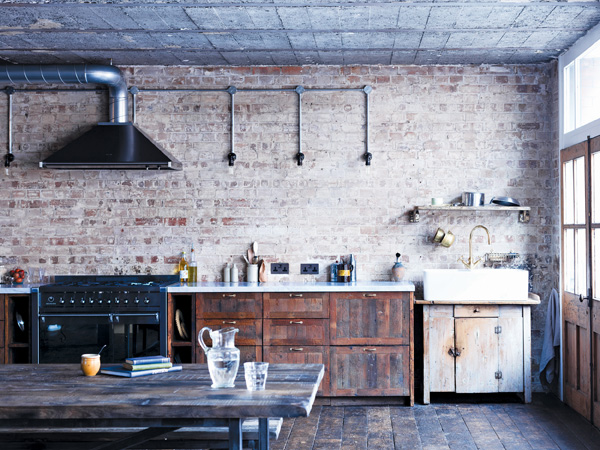
This fabulous coffee table book which has been beautifully designed (if not by Sophie, a former Conde Nast journalist then I would assume under her close supervision) is a walk through some of the most beautiful warehouse homes you will ever see.
In addition to examining how to decorate these industrial spaces, the book looks at the different materials used (tapping into the to current fascination for salvaged and reclaimed materials) as well as the history of these modern homes with such evocative names: The Hat Factory, Cinnamon Wharf, Tobacco Dock and the Silkworm Factory – that one’s in Italy and the mind boggles.
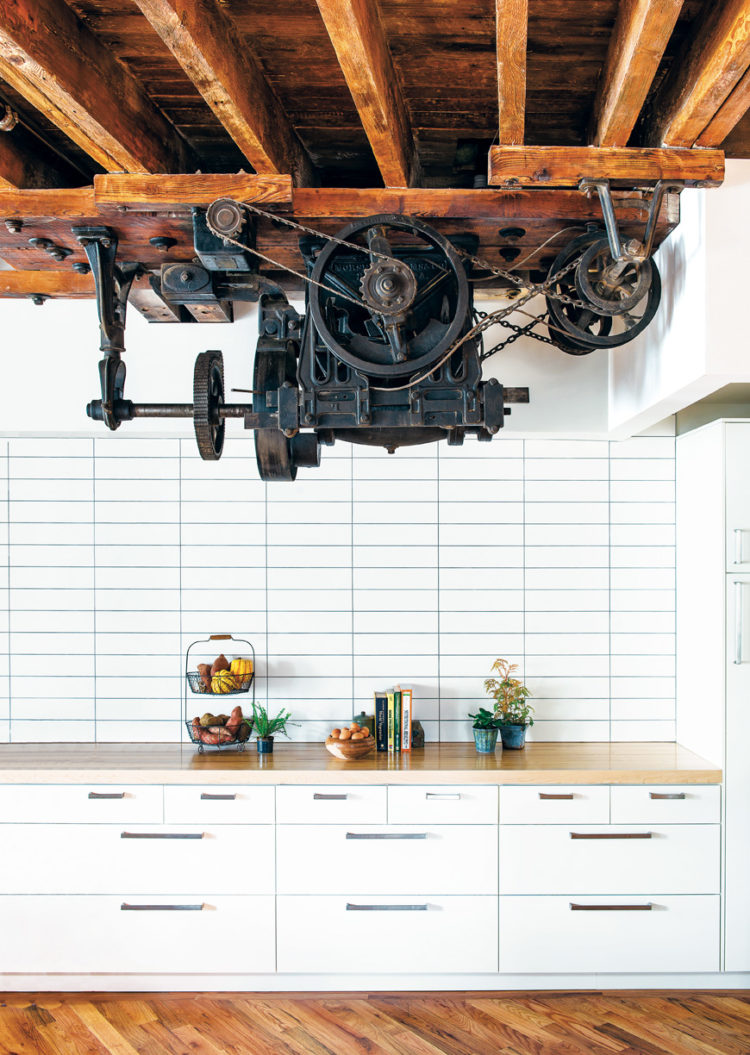
For history buffs (and I include myself in that) it’s a fascinating read, but, as Sophie points out in the introduction, you don’t have to live in an industrial building to channel this aesthetic. She’s even managed to get a cover note from Sir Terence Conran himself, who sums up this book thus: “It’s full of great ideas and inspiration for contemporary living with a huge nod of respect to our industrial heritage.”
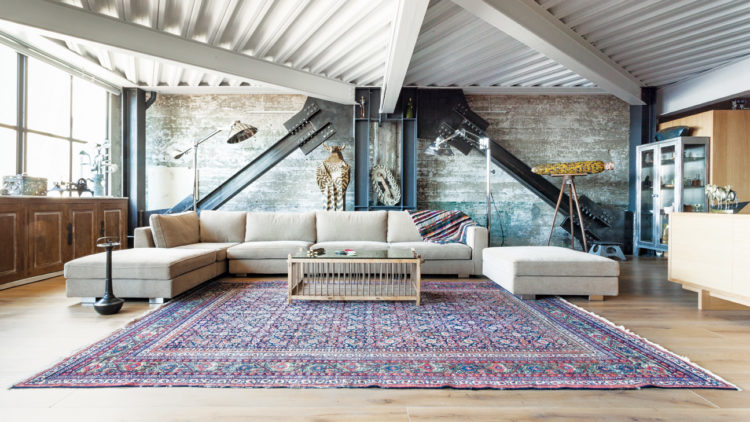
I thought you might enjoy a stroll round these ten beautiful rooms this Monday as there are, as Sophie so right says, ideas that we can all use in our own homes.
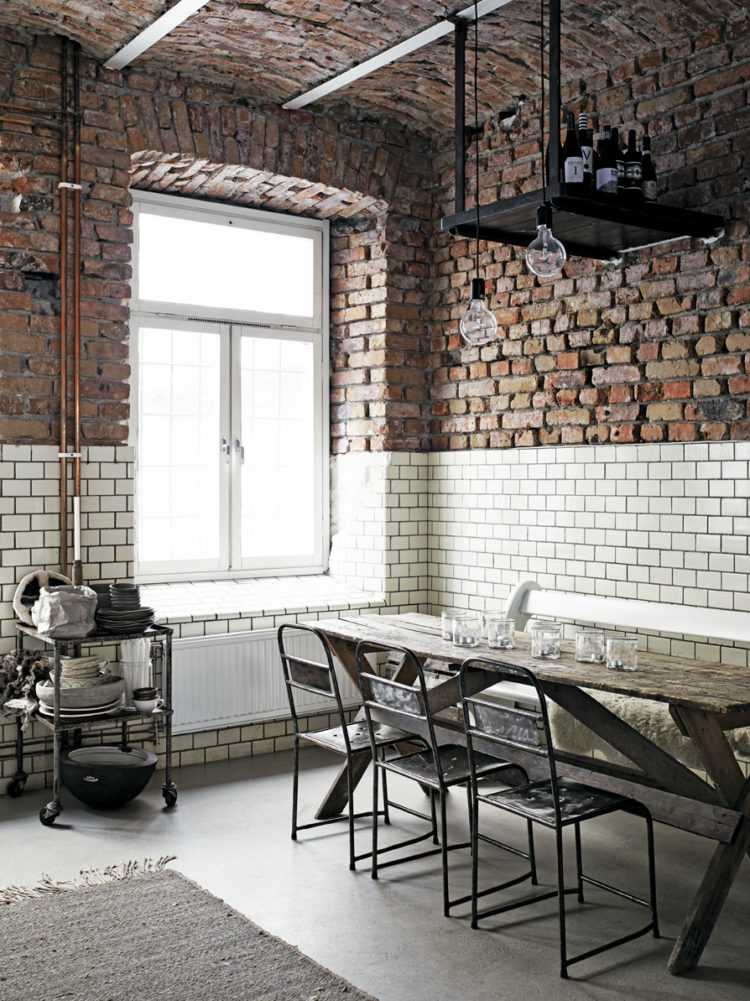
From exposed bricks to painted beam, dark grout in pale tiles and wooden floors zoned with vintage rugs. It’s all in here with liberal use of concrete and glass. This room below is one of my favourite in the whole book. Tiles are practical and easy to clean and, if you do have crumbling brick walls, this is a good way to prop them up.
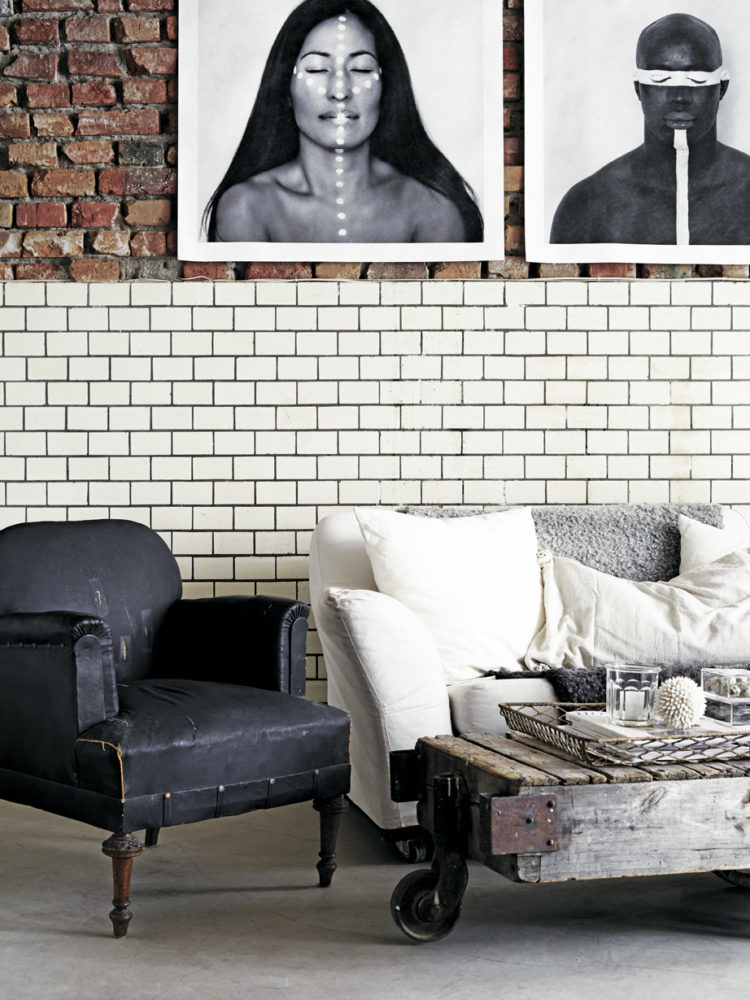
Even if you don’t, but you love this style, you can still bring in metal cafe style chairs and a reclaimed wooden table. Most of these spaces are all about the natural materials – wood, glass, concrete and metal and yet the owners have softened them with, often surprising splashes of colour. Take the cobalt blue bedroom below.
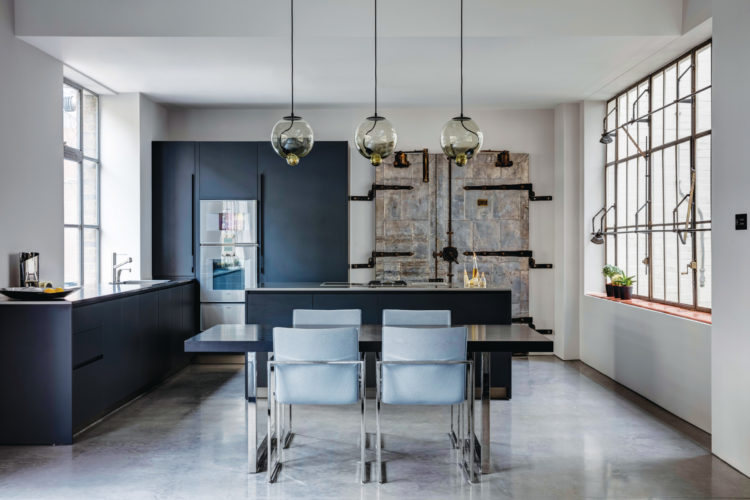
Or this navy blue kitchen which would translate into a house of any period. Admittedly we can’t all have windows like that but we can all paint our window frames black to enhance the view.
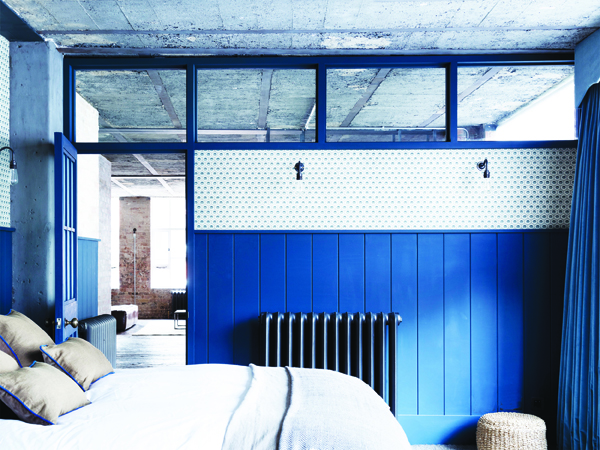
The book, which has 375 illustrations, is divided into several sections including architectural features, brickwork, beams and mezzanines with two or three homes in each section. It’s a way of both educating and informing but also dividing up the pictures in a relevant way.
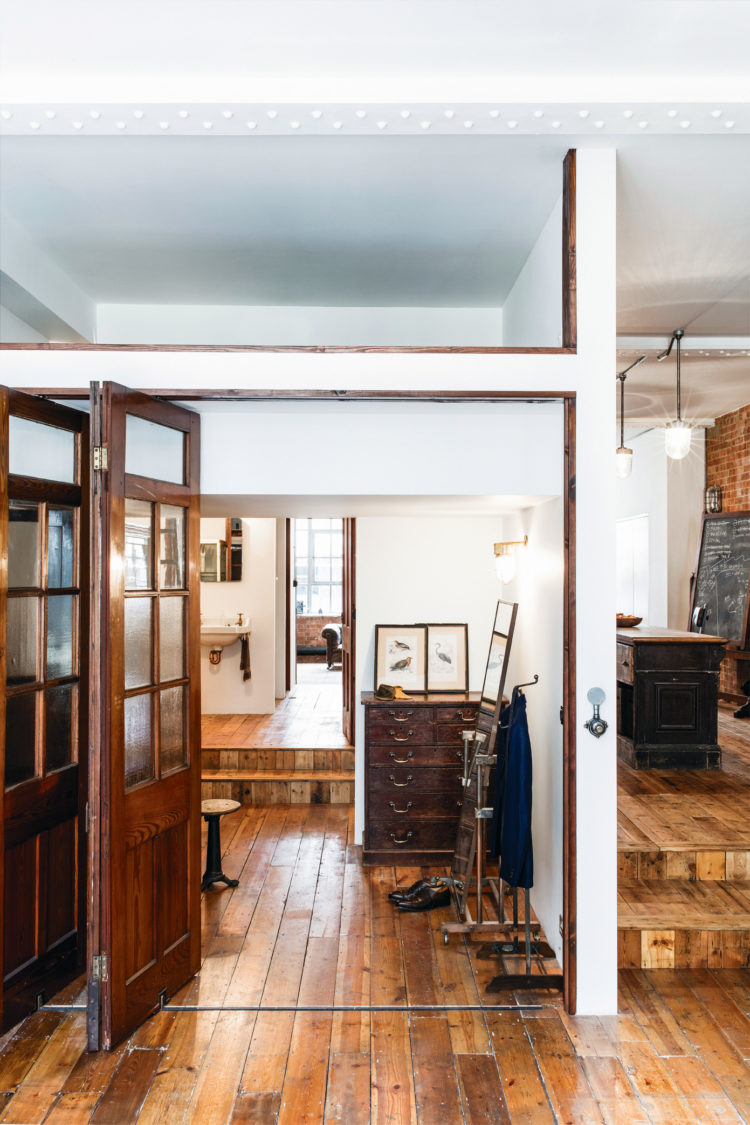
Now the house porn is all very lovely but I suspect that I, like many of you, aren’t about to up sticks and go an live in a converted warehouse. Literally only in my dreams. But this book is more than a collection of houses. It also has chunky chapter on decorative details. Otherwise known as shopping.

Here you will find lighting made from reclaimed bricks and shelving fashioned from breezeblocks. Storage from crates and creations from galvanised piping. Not to mention old school lockers and things made from rulers and plywood. It’s a treasure trove of places to shop and be inspired.
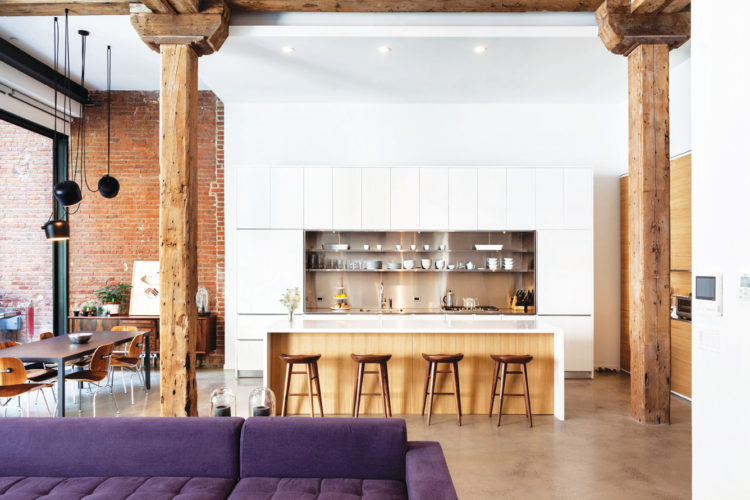
In a time when coffee tables books are so often no more than a collection of lovely pictures between two covers, Warehouse Home offers something to read, something to learn and somewhere to shop. Can’t ask for more than that from a book now can you?
Warehouse Home is published by Thames and Hudson for £24.95
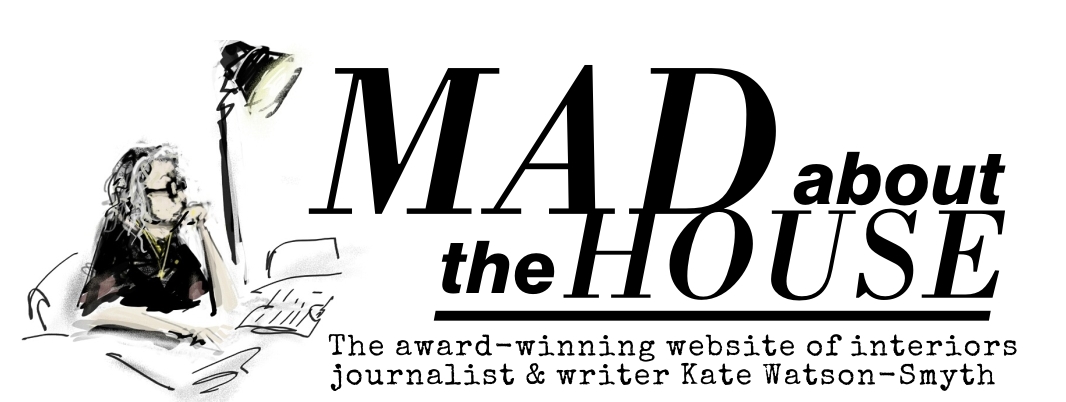



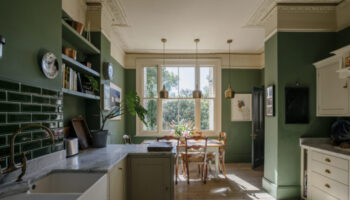
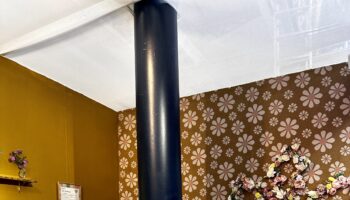
The Upholstery Factory in London is beyond fab. Utterly wonderful. I want that sink and unit it’s sitting on. Sadly, it’s Howdens for me…
The extractor is huge: I immediately thought that it’s something which Harry Potter could be transported around in!
Bravo! Excellent variety, cant wait to find it.
As I have been a huge fan of the industrial style for years now, I have added this book to my Amazon list. Thanks so much for the heads up on the book and Sophie Bush. Cheers, Ardith
I could live in any of those!